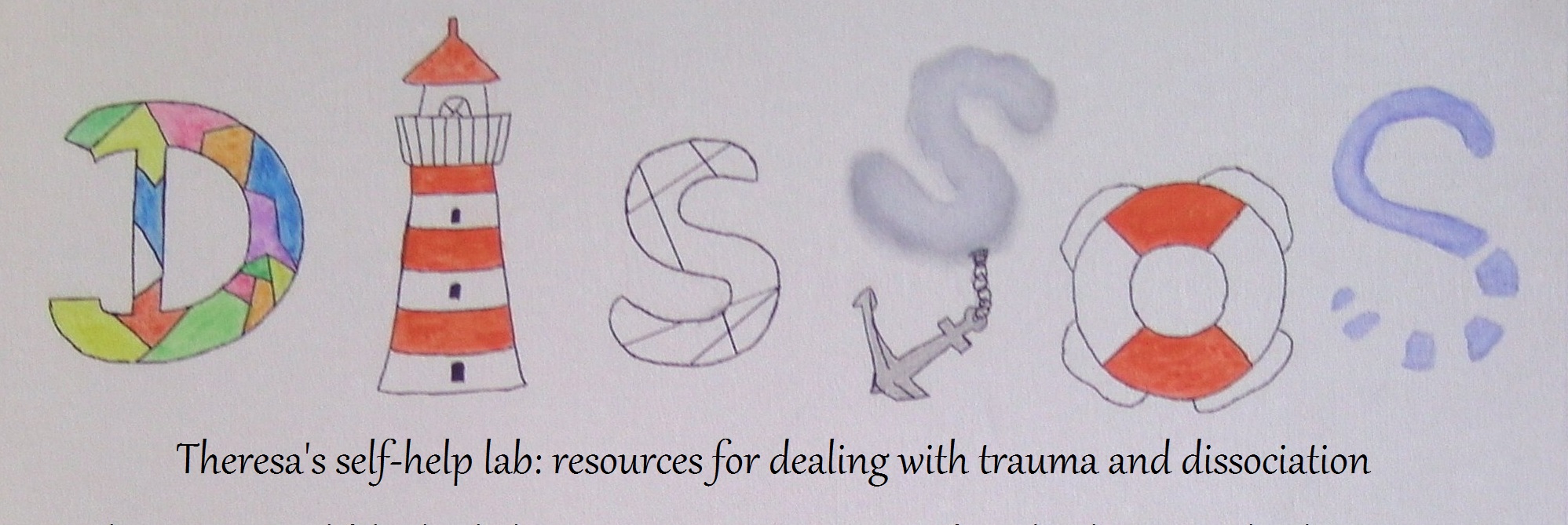Trauma is not a ‘mental’ disorder, the whole body suffers from chronic stress. It sits deeply within our nervous system. Our traumatized body will struggle with relaxation and sometimes we have been tense for so many years that we actually don’t know how to relax and what that even feels like. Biofeedback technology can help […]
english
Reenacting trauma patterns in therapy: behavioral control
Trauma is often treated with a combination of behavioral therapy and more specific techniques to process the trauma. There are areas where CBT or other therapies that focus on behavior like DBT can interact with our own trauma-related patterns and reinforce abusive lessons we learned as children. These aren’t always obvious reenactments and our Ts […]
Changing trauma-related thoughts and beliefs
Part of trauma therapy is to address unhelpful thoughts and beliefs. They keep us stuck in painful emotions or disrupt our relationships with ourselves or others. What we believe shows in how we live and what choices we make. Often there cannot be change unless we change the way we think. Standard approach In […]
Releasing traumatic energy (body work)
A basic exercise in body work focuses on releasing tension or energy that is stuck in the body so that we can let go and regulate in a natural way. I will walk you through the steps as I learned them, using an example from my own therapy that is hopefully not triggering for you. […]
Elements of Integration 4: Presentification
Presentification is an integrative mental action where we connect our experiences with their specific time in our life. There is a realisation, that the past is past, that we are currently in the Now and that there is a future ahead of us. Life events can get sorted into their place on a timeline and […]
Elements of Integration 3: Personification
Personification is a specific form of realization. In this mental action we connect our experiences with our first person perspective. It means we introduce the concepts of ‘I’, ‘me’, ‘mine’ and ‘myself’ to experiences of the past, present and expected future. I experienced painful things. They happened to me. My family treats me that way. […]
Elements of Integration 2: Realization
Realization is an integrative mental action that needs more and a slightly different kind of energy than synthesis. We take our traumatic and dissociated experience out of the fog of ‘not knowing’ or only ‘kind of knowing’ and enter a felt sense of its reality. It means knowing with our knower that bad things happened […]
Elements of Integration 1: Synthesis
Ideas people have about integration are often vague. Some of these ideas are romantic, others scary but usually they include imagery that doesn’t tell us how integration is supposed to work and ends up being inaccurate. That is why we will look into the basic elements of integration and explain the meaning of synthesis, realization, […]
Review Of The Day (advanced DID SystemWork)
There is an exercise that helps us to find the small things we can change to improve our life for the whole system. It is inspired by an ancient meditation technique we learned long ago. You could call it a review of the day or an evening meditation. We sit down with those of the […]
The Good Enough Host
Being the host of a system is a difficult job. It is not difficult in the same way carrying the trauma memory is, but in its own way. Between managing daily life, the system, therapy and ourselves it is easy to feel inadequate and just never good enough. And it is true that we […]
Mapping for DID/OSDD systems
Mapping is an exercise that is introduced early in DID/OSDD therapy. The goal is to create an overview that shows the different parts of the system in relation to each other. At first the maps will not be complete. They grow, as awareness grows and there will be a certain amount of guessing until we […]
Pendulation in Trauma Therapy
Pendulation is an essential body work tool that can be useful in many areas of trauma treatment. It describes the inner motion of our attention and awareness, moving back and forth between a resource/resourceful place and something trauma-related/ a place that is low in resources. The goal is to dissolve states that are stuck, […]
- « Previous Page
- 1
- …
- 7
- 8
- 9
- 10
- 11
- …
- 26
- Next Page »
